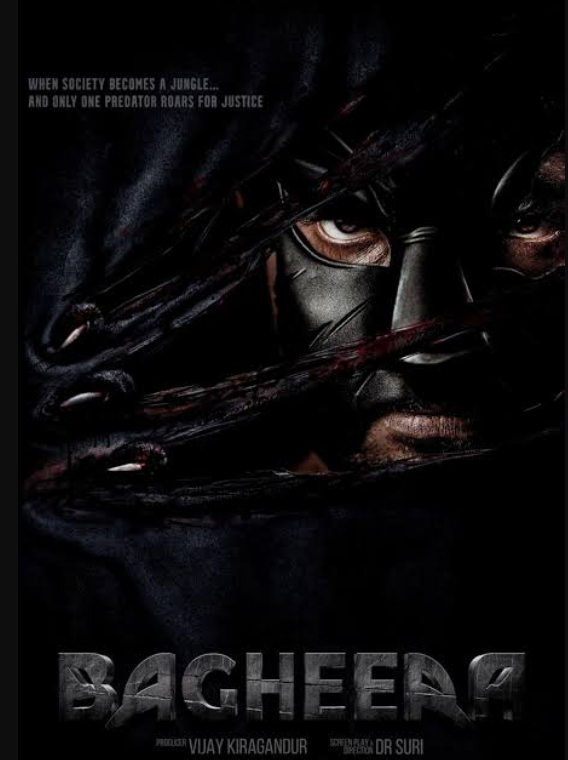Bagheera, the notorious dark jaguar from Rudyard Kipling’s The Wilderness Book, has captivated perusers and watchers for eras. Known for his smooth dark coat, puncturing brilliant eyes, and faithful devotion, Bagheera is a character that epitomizes both quality and kindness. He serves as a guide and defender to Mowgli, the man-cub, directing him through the threats of the wilderness with shrewdness and courage.
But Bagheera is more than fair a anecdotal character. The title “Bagheera” itself is inferred from the Hindi word “बाघ” (bagh), meaning “tiger” or “big cat,” emphasizing his superb and strange nature. In well known culture, Bagheera symbolizes balance—he is both furious and sustaining, strict however cherishing, making him one of the most layered characters in writing and cinema.
Origins and Background
Bagheera’s backstory includes profundity to his character. Born in confinement, he gotten away the chains of human control to grasp the wild, fashioning a profound association with his characteristic instinctual and the jungle’s laws. His travel from confinement to opportunity parallels his part in making a difference Mowgli explore the complexities of the wilderness and human society.
Symbolism and Legacy
His speaks to flexibility, flexibility, and mentorship. His character reminds us of the significance of direction, teach, and compassion in overcoming challenges. Over the a long time, Bagheera has too ended up a social image of guardianship, regularly related with ensuring the defenseless and standing against injustice.
In Cutting edge Media
From Disney’s adjustments to endless scholarly references, Bagheera proceeds to motivate and fascinate gatherings of people. Whether depicted as a astute sage or a furious defender, his bequest remains evergreen, demonstrating that his story rises above eras.
